It is always exciting to bring in a new Sigma Art lens and covering the normal, most-commonly-used focal length range with an f/2.8 aperture combined with optical stabilization definitely raised the anticipation level for this one. Sigma’s “It’s Here to Steal the Spotlight” statement didn’t hurt either.
The Sigma 24-70mm f/2.8 DG OS HSM Art Lens brings the “Global Vision” treatment to Sigma’s version of this highly popular lens model.
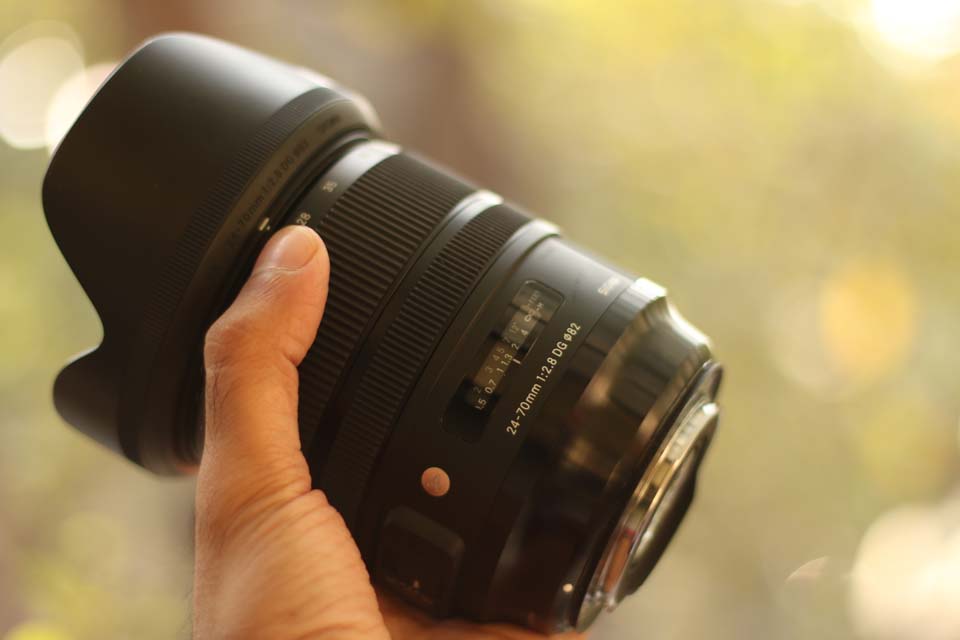
Focal Length Range – Sigma 24-70mm f/2.8 DG OS HSM Art Lens Review
There is a reason that the focal length or focal length range is included in the product name of every DSLR lens produced today. Of utmost importance in lens selection is acquiring the right focal length or, in the case of a zoom lens, the right range of focal lengths that cover your needs. Focal length is especially important in that it drives focus distance choices, which in turn determine perspective for the desired composition.
The good news about the 24-70mm focal length range, considered “normal” and covering angles of view ranging from wide angle through short telephoto, is the great general purpose usefulness it has. Practically all kits can make use of a lens covering this range.

A 24-70mm lens is an essential part of many landscape and cityscape photography kits. At the 24mm end, this lens provides a very wide angle of view, able to simply take in a vast scene and/or to show a strong perspective, creating a sense of presence in an image. Still, 24mm is not so wide that composition becomes overly challenging. And, having the ability to zoom slightly was apparently helpful to me in the last two situations shared. Using the 70mm end of the focal length range, smaller portions of a scene can be isolated. Distant mountains will appear larger in proportion to closer elements and closer details, such as the knot in a log, can be focused on.
A 24-70mm lens is often a requirement in a wedding photographer’s kit and an f/2.8 version of this lens often becomes the most-used option in that kit.
At 24mm, environmental portraits that include the venue can be captured and by 70mm, people can be framed tight enough for head and shoulder portraits while retaining pleasing perspective. T
his lens will work well for photographing a wide variety of events, from parents capturing informal birthday parties at home to photojournalists covering formal galas at large venues.
Architecture photographers are typically looking for linear-distortion-free lenses to keep their buildings and walls straight and though prime lenses are often utilized for this purpose, zoom lenses nearly always have near-distortion-free focal lengths ideal for such work.
Framing narrower on APS-C cameras (full frame 36-105mm equivalent angle of view), the 24-70mm lens’ uses shift away from wide angle landscapes/cityscapes/nightscapes and environmental portraits toward portraiture including more tightly-framed portraits.
If you only have one lens or can only take one lens with you, this focal length range might be the ideal choice.
Max Aperture – Sigma 24-70mm f/2.8 DG OS HSM Art Lens Review
With a few exceptions, f/2.8 is the widest aperture available in a zoom lens and majority of those exceptions cover only the smaller APS-C image circle. And, none of the wider-than f/2.8 full frame options reach beyond 35mm. So, the f/2.8 made available over the entire 24-70mm focal length range is, for the most part, best-available. This is a bright lens (significantly brighter than the lenses included in camera kits) and it compares very well in this regard.
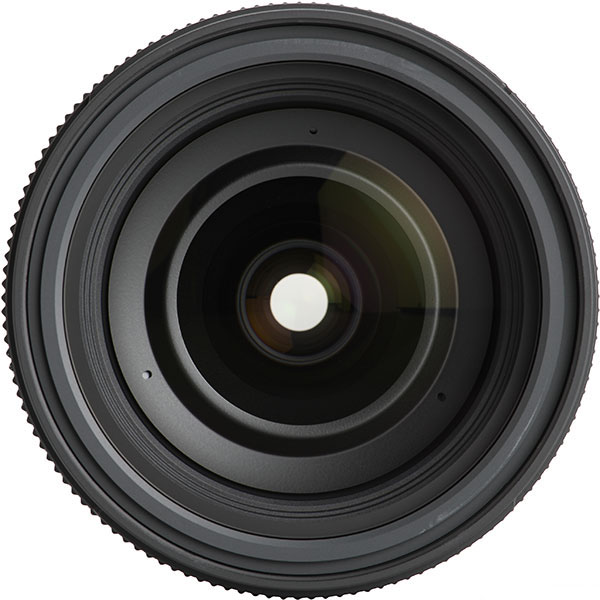
A big advantage of a wide aperture is the amount of light transmitted to the imaging sensor, allowing for lower ISO settings and allowing for shutter speeds capable of stopping both camera and subject motion blur in low light.
A disadvantage of a wide aperture is the increased physical size of the lens elements that are accompanied by a larger size, heavier weight and a higher cost.
Another big wide aperture advantage is the shallow depth of field available at the widest aperture, enabling distracting background details to be rendered out of focus if desired, isolating the subject through the use of shallow depth of field. The example above was captured at this lens’ minimum focus distance, 70mm and f/2.8, maximizing the amount of background blur this lens is capable of.
Image Stabilization – Sigma 24-70mm f/2.8 DG OS HSM Art Lens Review
For the longest time, in most DSLR brands, an f/2.8 aperture and optical stabilization were mutually exclusive in a lens covering 24-70mm focal length range. In recent years, that mutual exclusion has been disappearing and the combination option has been made available by a number of lens manufacturers. And now, with the 24-70mm f/2.8 OS Art lens, Sigma offers their first such lens.
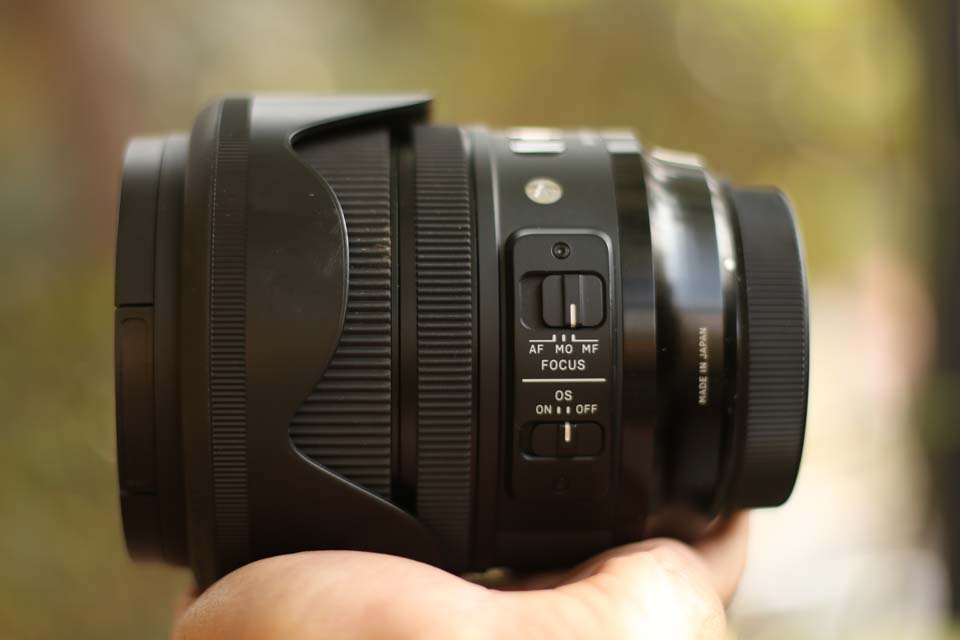
While the f/2.8 aperture is quite wide and alone makes a camera handholdable in low light, optical stabilization dramatically decreases the amount of light necessary for capturing sharp handheld images. While OS does not stop subject motion blur, sometimes OS can be used to intentionally capture motion blur.
So, valuable is that OS allows handholding in medium and low light levels when more depth of field is needed, allowing narrower apertures to be used without a tripod. When using a circular polarizer filter with narrow apertures (typical for landscapes and cityscapes), OS can be helpful even under a full sun.
Another benefit of OS is that it provides a stabilized image to the camera’s AF system.
Another differentiator between optical stabilization systems is their audibility. This OS implementation is very quiet with a light click being heard at startup and shutdown. A quiet whirring sound can be heard if the lens is rapidly moved while OS is activated.
In this lens, OS activation often causes the viewfinder image to jump slightly to different framing and the same often happens when OS deactivates. Very little or no drifting of the composition was noticeable while OS was active and panning a scene was comfortable to do.
Optical stabilization is a great asset to the already valuable focal length range and wide aperture of this lens. It can save the day at many events.
Image Quality – Sigma 24-70mm f/2.8 DG OS HSM Art Lens Review
The Sigma 24-70mm f/2.8 OS Art Lens design utilizes three SLD (Special Low Dispersion) glass lens elements and four aspherical lens elements working together along with special lens coatings including Sigma’s Super Multi-Layer Coating to minimize optical aberrations.
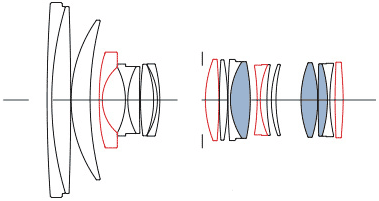
Stop down to f/4 and prepare to be impressed by the center and mid-periphery results. This lens becomes extremely sharp when stopped down one stop and any differences realized by stopping down to f/5.6 are minor in this portion of the image circle.
Viewed by themselves, the f/2.8 results are decent and a little increase in sharpness would make them even nicer. Especially in the 35mm and 70mm samples, a very significant sharpness increase is seen at f/4 where the razor sharp term could be applied across the entire focal length range. Little difference is seen at f/5.6 and no difference is needed.
Especially noticeable in the 24mm samples is that the foreground does not increase in sharpness at narrower apertures, regardless of the increased depth of field. The reason is because this lens shifts the plane of sharpest focus rearward when it is stopped down. This shifting occurs over the entire focal length range.
Full frame lenses always show peripheral shading when used at their widest apertures on full frame cameras and this one is no different. The amount of shading ranges by focal length with the strongest shading present at the extents of the focal length range. At 24mm, corners are darkened by about 3 stops at f/2.8 while the 28mm and 70mm focal lengths see about 2.5 stops of wide open corner shading. A lesser 1.5 stops of corner shading is present in the 35-70mm range, again with a wide open aperture. Stopping down the aperture significantly resolves the shading with f/4 resulting in 1 to 2 stops of shading and the f/5.6 range is from 1.5 stops at the wide end to .6 stops at the long end. Little change is seen at apertures narrower than f/8 with a sometimes-noticeable 1.2 to 1.5 stops remaining in 24mm and 28mm corners.
The effect of different colors of the spectrum being magnified differently is referred to as lateral (or transverse) CA (Chromatic Aberration). Lateral CA shows as color fringing along lines of strong contrast running tangential (meridional, right angles to radii) with the mid and especially the periphery of the image circle showing the greatest amount as this is where the greatest difference in the magnification of wavelengths exists.
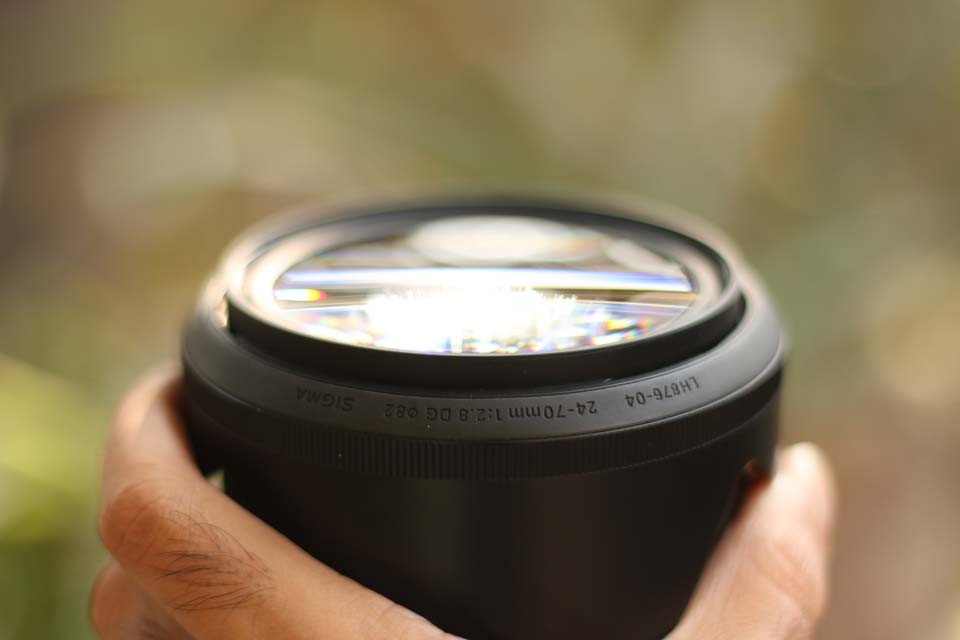
There should be only black and white colors in these images and the additional colors are showing lateral CA. This lens has a relatively strong amount of lateral CA over most of its focal length range with 50mm being an approximate color magnification crossover point, where the least amount of this CA is exhibited.
This lens performs very well in our standard flare test involving the sun placed in the corner of the frame. However, a rather-unique circlular flare pattern is seen with the lens aimed directly at the sun.
Typical is for a zoom lens in this focal length range to exhibit barrel distortion at the wide end transitioning into negligible distortion and on into pincushion distortion at the long end. That aptly describes this lens with the wide end showing just a slight touch of mustache/wave distortion along with the normal central bulge of the barrel distortion. The amount of distortion at 24mm is, relatively speaking, not strong. The amount diminishes at 28mm and by 35mm, pincushion distortion is slightly apparent. Modest pincushion distortion is visible throughout the longer end of the range.
An odd-number blade count means that point light sources captured with a narrow aperture and showing a star-like effect will have twice as many points as the blade count, which is 9 in this case.
Focusing – Sigma 24-70mm f/2.8 DG OS HSM Art Lens Review
Sigma 24-70mm f/2.8 DG OS HSM Art Lens receives a newly designed hypersonic motor (HSM) that offers 1.3 times the torque of its predecessor. That new motor seems to make a difference and I was pleasantly surprised by the focus speed of this lens. Unless a full extent distance adjustment is needed, AF locks onto subjects quite fast.
HSM-based AF systems are generally very quiet and this one has that feature, with just a click and “shhhh” heard during focusing. Other HSM features that are welcomed are internal focusing and FTM (Full Time Manual) focus support.
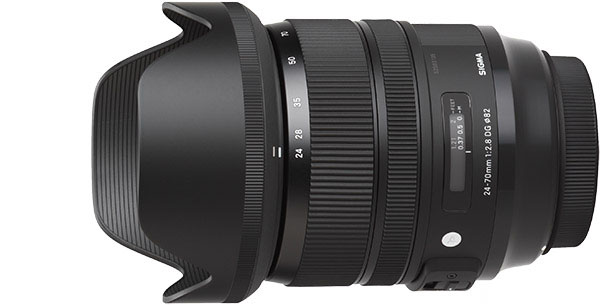
With any lens, autofocus accuracy is critically important for image quality (unless, of course, manual focus is being used) and experience has taught me that I can’t always trust third party lenses in this regard. However, I am quite pleased with this one – my experience is that this lens consistently delivers accurate AF.
The manual focus ring is located to the rear of the zoom ring. This ring is somewhat small, but it is smooth and has no play in it. With a 95° full extents rotation, focus distance is adjusted at a nice rate with close focus at 70mm happening just slightly fast.
Build Quality & Features – Sigma 24-70mm f/2.8 DG OS HSM Art Lens Review
Standard with the Sigma Global Vision series lenses is a modern, classy-looking, tightly-dimensioned, high-quality lens design and the 24-70 Art lens gets this.
Like all other lenses in its class, this lens extends with focal length change, becoming 1.24″ (31.5mm) longer at 70mm. The zoom ring is smooth and nicely damped, rotating in the same direction as Canon lenses, opposite of the Nikon standard direction.
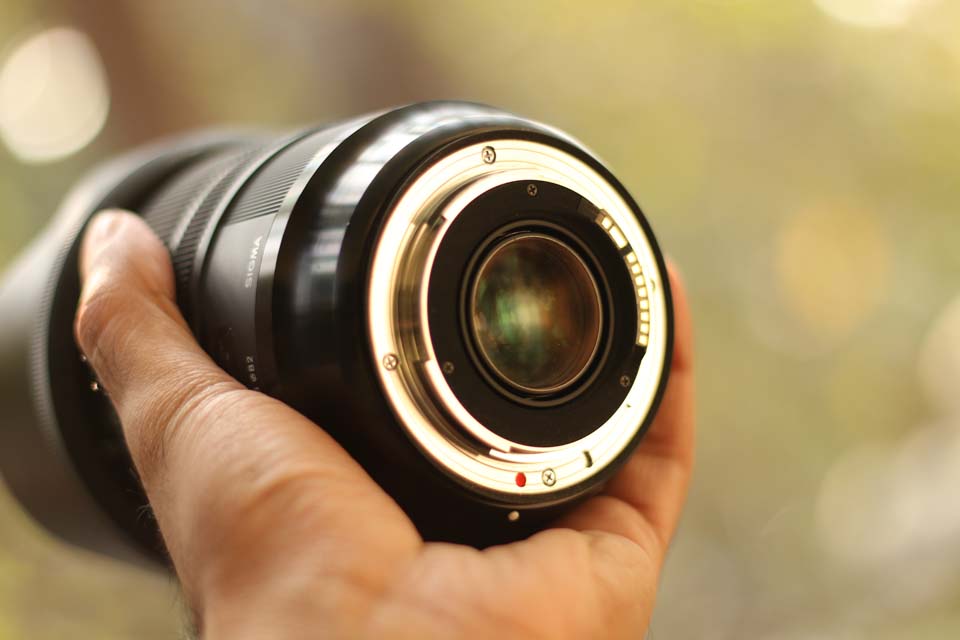
Positive is the overall smooth and comfortable shape of this lens, featuring very little diameter change after the initial stylishly-tapered transition from the narrower mount diameter. Both focus and zoom rings have nice sharply-ribbed rubber covers and about half of the remaining section of lens barrel is mold-ribbed for aided grip. While the ribbing is all good, the position, texture and diameter of the ribbed parts increases the challenge of tactilely finding the desired ring.
The Sigma 24-70mm f/2.8 DG OS HSM Art Lens features a dust/splash-proof construction including a rubber gasket seal at the lens mount. The front lens element has a water- and oil-repellent coating that aids in keeping the lens clean and makes the lens easier to clean if something does adhere.
A 24-70mm f/2.8 lens cannot be expected to be light, image stabilization is not weightless and as of review time, this lens is the second-heaviest in its class, weighing less than only the Nikon variant.
Though it feels like a solid chunk of lens in the hand, the 24-70mm Art lens is not that heavy and I didn’t feel burdened even when carrying it on a hike.
I love that Sigma includes a lens hood with all of their lenses. This hood is modest in size, but affords a good amount of protection to the lens from both impact and flare-inducing light (at least at the wide end of the range). The hood is strong molded plastic-constructed with only a slight amount of flex (which is good for absorbing impact). The interior of the hood is ribbed to avoid reflections and small portions of the exterior mount area are ribbed or rubberized for easier grip.
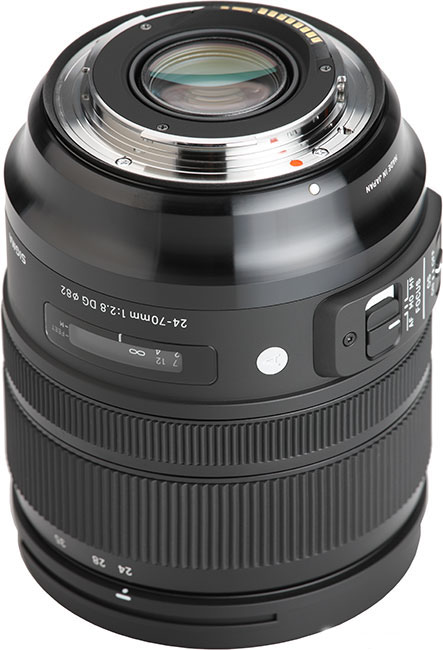
Sigma Art lenses arrive in a nicely padded, double-zippered case. While I’m certain that these cases do not cost Sigma very much to source, they are quite useful and I much prefer these over not-otherwise-useful shipping packing materials. A shoulder strap is not provided/available for this model, but an approximately 1.75″ (44mm) belt loop is.
Sample Imaged – Sigma 24-70mm f2.8 DG OS HSM Art Lens Review
Kindly note that the images are completely untouched, straight out of the camera so that you can fathom the quality of the lens. Even basic editing such as color correction etc has not been carried off on these.
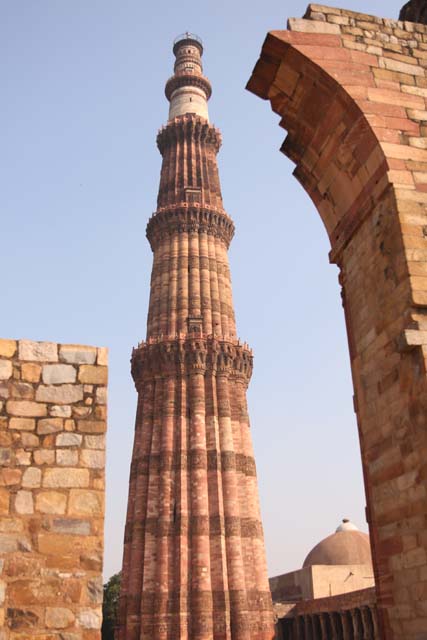
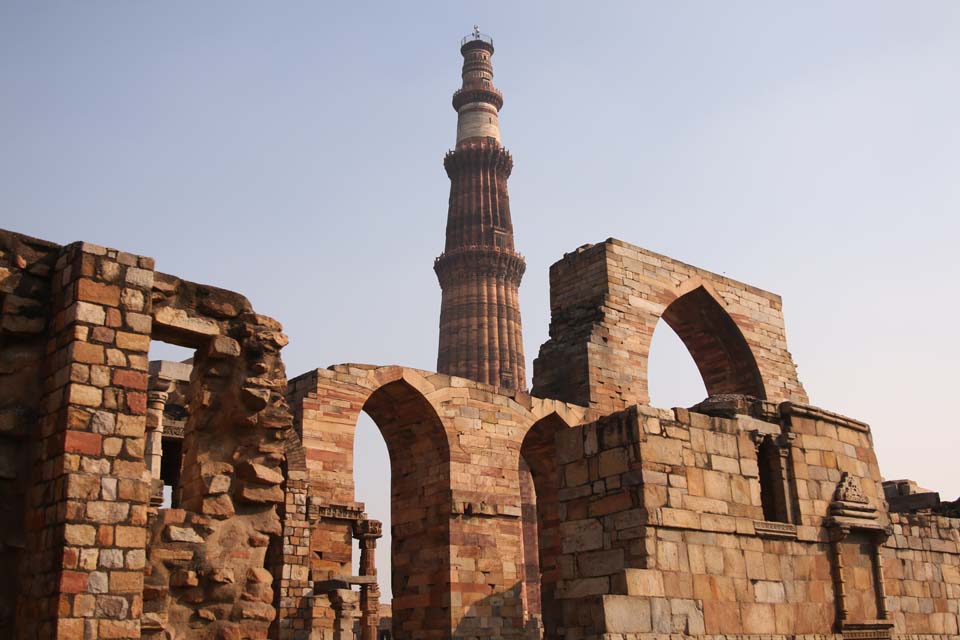
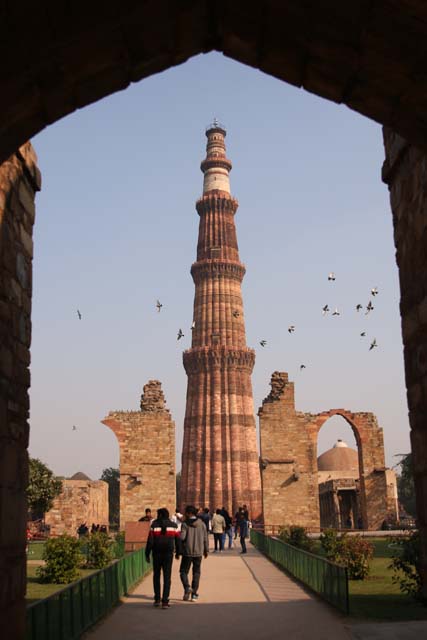
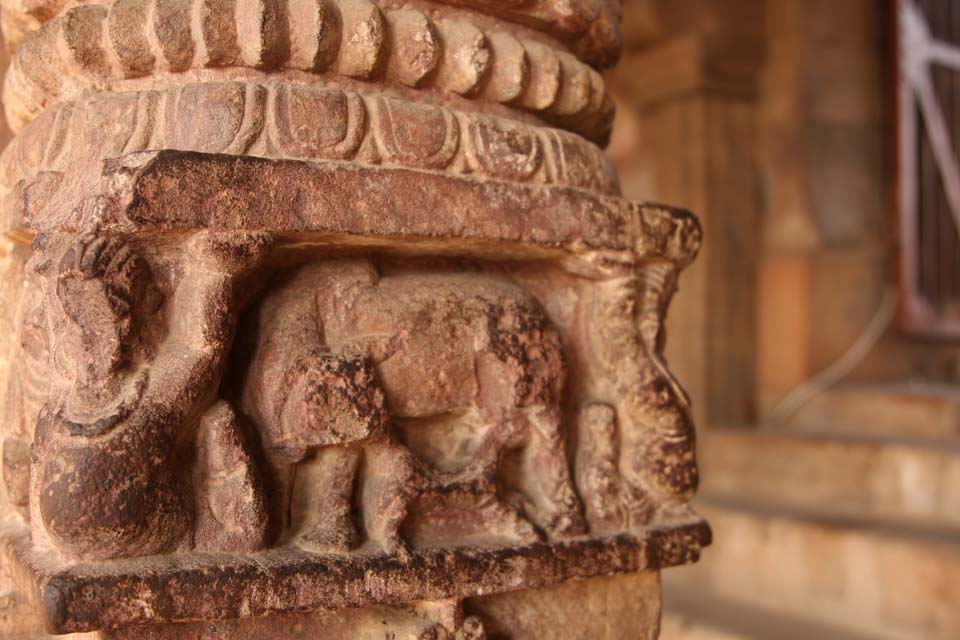
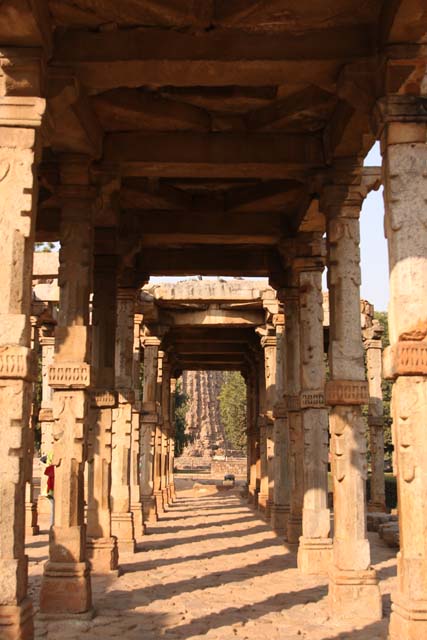
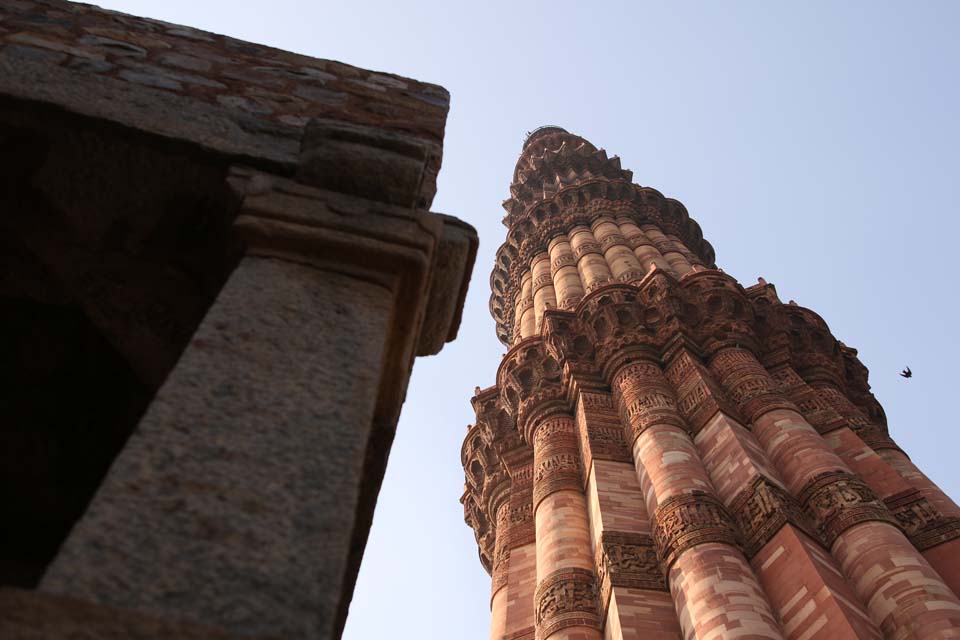
Price and Value – Sigma 24-70mm f/2.8 DG OS HSM Art Lens Review
We have come to expect Sigma Art lenses to by synonymous with great image and build quality at a competitive price. And, that is what we find in the 24-70 Art lens. While it may not be amazingly better than the other options from an optical perspective, the 24-70 Art lens is priced very significantly less than the Canon, Nikon and Sony counterparts. In some cases, the Sigma is just slightly over half the price of the camera-brand competition. So, in my mind, that makes this lens a very good value.
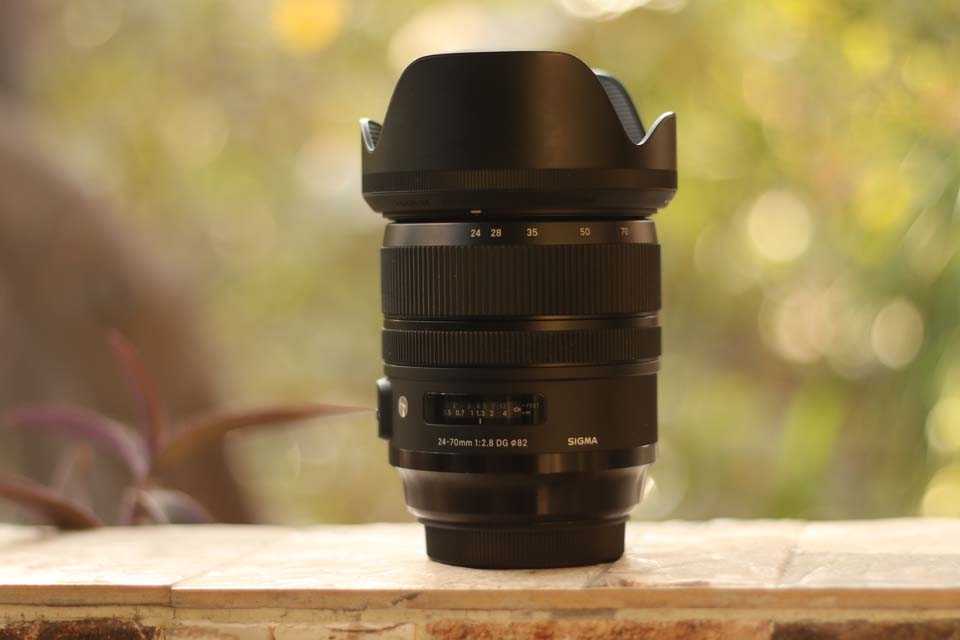
The Sigma 24-70mm f/2.8 DG OS HSM Art Lens is available in Canon (reviewed), Nikon and Sigma mounts and the Canon mount version can be used on a Sony E-mount camera body via the Sigma Mount Converter MC-11.
Summary – Sigma 24-70mm f/2.8 DG OS HSM Art Lens Review
The promise of Sigma Art lens quality coming to the 24-70mm focal length range along with an f/2.8 max aperture and optical stabilization had a large number of photographers signing up to add this lens to their kits immediately on announcement day. Does the Sigma 24-70mm f/2.8 OS Art Lens fulfill Sigma’s “It’s Here to Steal the Spotlight” promise? From the perspectives of many, it was hoped that this lens would get that spotlight for its exceedingly sharp image quality performance and from that perspective, I’m sure that there is some let-down among the hopeful. However, this lens is optically competitive and it performs quite well for the price.
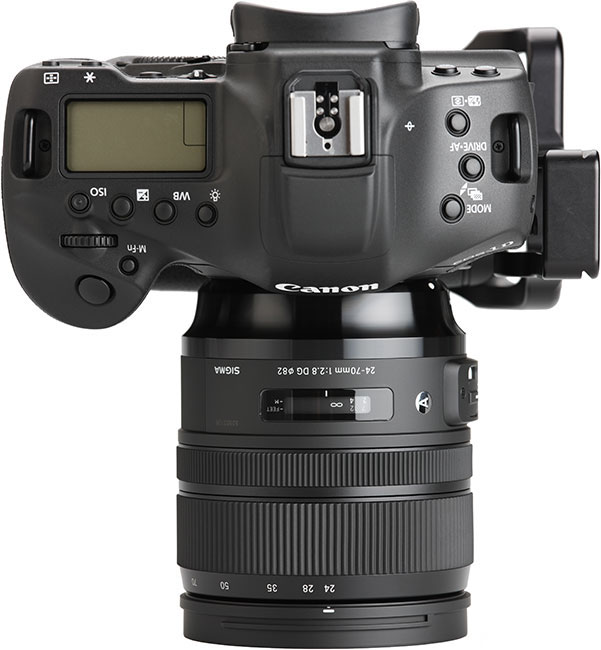
Hopefully Sigma can move the zoom ring back to the predecessor’s location for the next model, but otherwise I like this lens a lot. The 24-70 Art lens is compact for its specs, it seems well built, including being inclement weather-ready and it has a high quality appearance. The focal length range is highly useful, as is the wide aperture and the AF system may be my new Sigma favorite. Adding OS significantly increases this lens’ already great versatility and especially at f/4, this lens delivers very impressive image sharpness. While not a cheap lens, the price is very competitive and I’m sure that aspect alone will bring it strong popularity.


